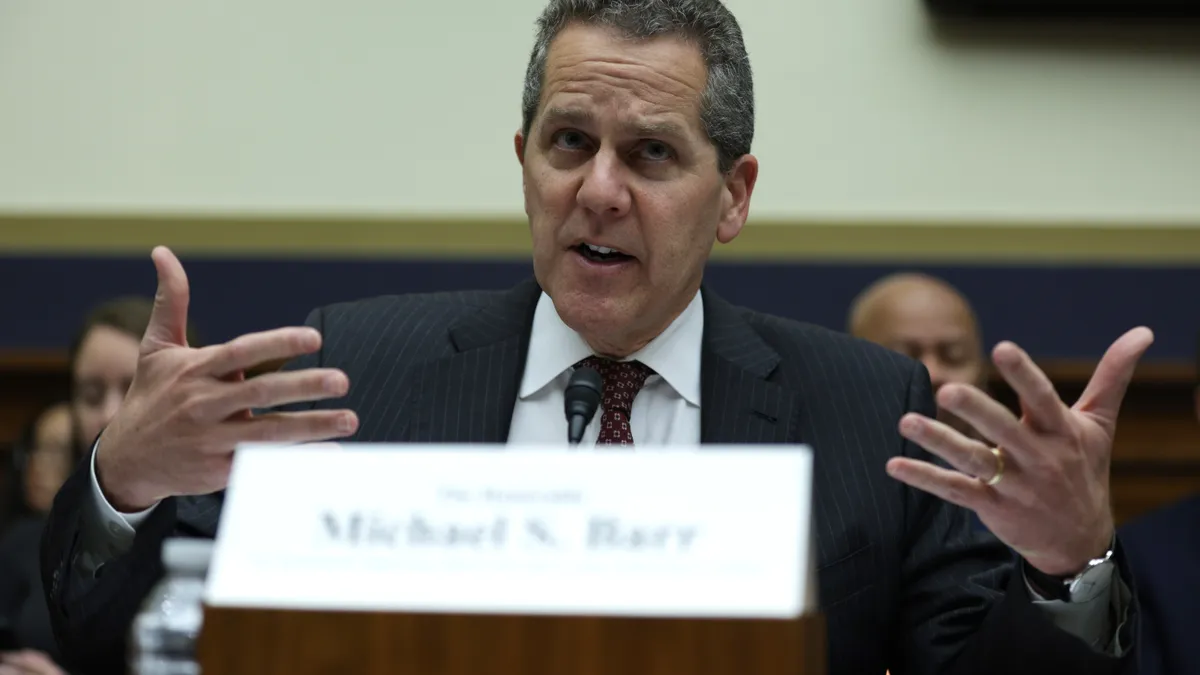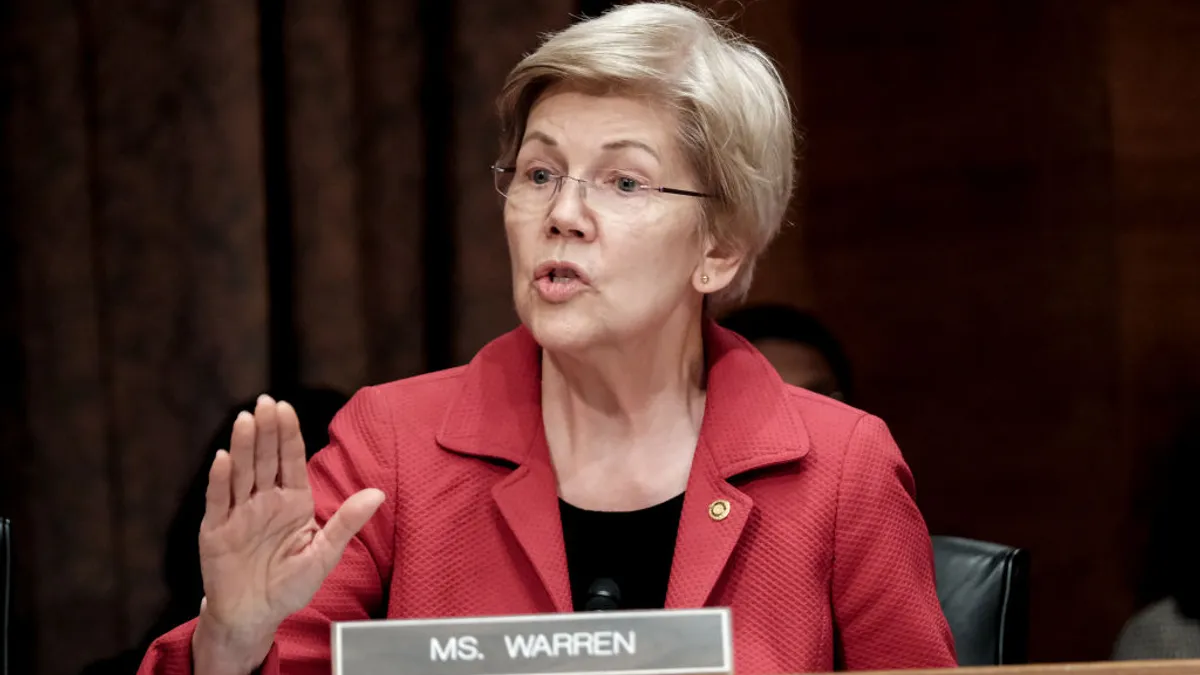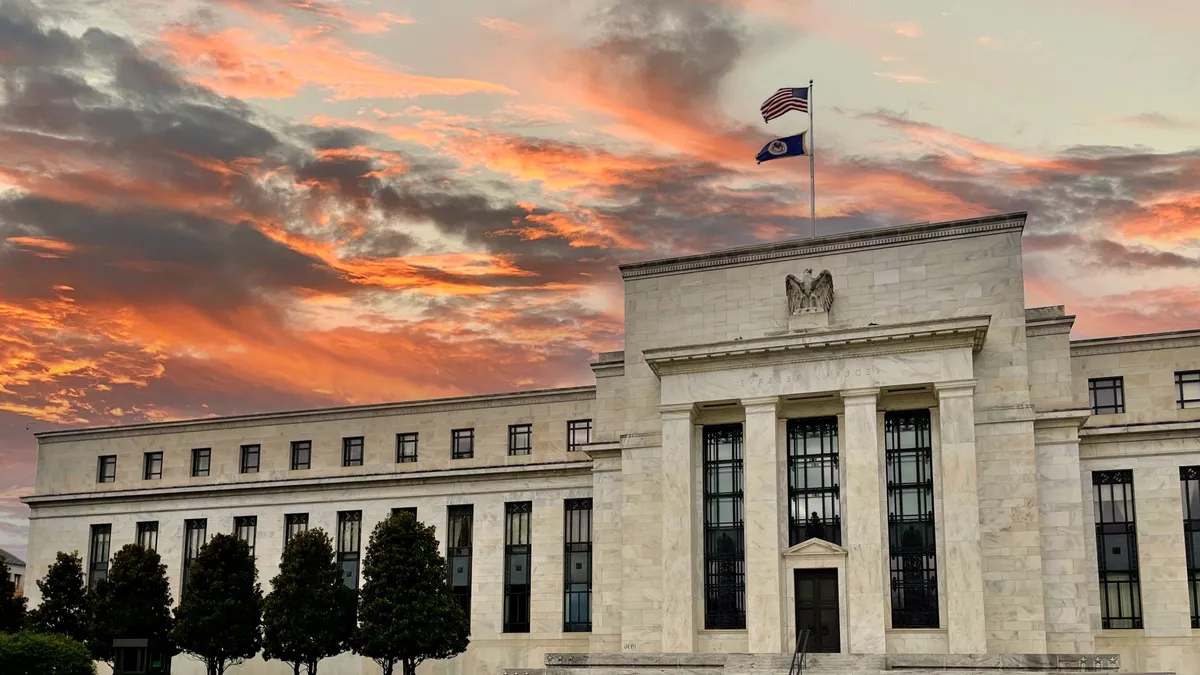Federal Reserve Vice Chair for Supervision Michael Barr emphasized the discount window's importance and revealed plans to potentially require larger banks to maintain minimum readily available liquidity tied to their uninsured deposits, aiming to enhance market resilience.
While speaking at the treasury market conference organized by the New York Fed, Barr noted that liquidity would be held as reserves and pre-positioned collateral at the discount window since the federal regulator’s goal is to enhance confidence that uninsured deposits will be readily available for withdrawal if needed.
“It is vital that uninsured depositors have confidence that their funds will be readily available for withdrawal, if needed, and this confidence would be enhanced by a requirement that larger banks have readily available liquidity to meet requests for withdrawal of these deposits,” Barr said.
“Incorporating the discount window into a readiness requirement would also reemphasize that supervisors and examiners view use of the discount window as appropriate under both normal and stressed market conditions,” he added.
Barr’s speech reiterated the Fed’s effort to include new rules and remove the stigma that may accompany borrowing from the central bank to address short-term needs.
The new requirement is under consideration for larger banks with a tiered approach, while community banks are exempt. The eligible collateral would include Treasury securities and other discount window-eligible assets. The new rule would complement existing liquidity regulations like internal liquidity stress tests and the liquidity coverage ratio, Barr said.
In 2022 and 2023, some large banks poorly managed rising rate risks and suffered significant fair value losses on securities, including held-to-maturity portfolios — leading to impaired ability to respond to liquidity stress, Barr said.
The March 2023 banking stress revealed that HTM securities were particularly problematic due to accounting rules, and banks faced constraints in monetizing HTM assets with large unrealized losses in private markets.
So, the Fed is considering a partial limit on reliance on HTM assets in larger banks' liquidity buffers, which would apply to assets held under liquidity coverage ratio and internal liquidity stress test requirements to address known challenges of using these assets during stress conditions.
Following the bank turmoil last year, more than $1 trillion in additional collateral has been pledged to the discount window, and more banks have access to standing repo facilities, Barr noted, adding that both the facilities were potential ways to monetize assets and raise liquidity to address volatility in the private funding market.
A recent report on discount window readiness from the Fed shows that around 5,418 financial institutions have signed up for the use of the discount window in 2023 with a total lendable value of collateral of $2.756 billion.
The Fed is also exploring the treatment of certain deposit types in the present liquidity framework, Barr said.
“Observed behavior of different deposit types during times of stress suggests the need to recalibrate deposit outflow assumptions in our rules for certain types of depositors,” he said. “We are also revisiting the scope of application of our current liquidity framework for large banks.”
The enhancements to the liquidity regulations would help strengthen firms’ “ability to manage liquidity shocks,” he added.
Sen. Mark Warner, D-VA, introduced legislation in July requiring banks to engage in periodic test borrowing at the central bank’s discount window. The regulators evaluating banks’ liquidity preparedness would be eligible to give lenders credit if they can successfully use the window under the proposed bill.
However, Fed Governor Michelle Bowman has called for updating discount window operations and technology to ensure lenders can access the service when needed, adding that some banks have faced issues while accessing the tool, which aggravated their stress.
Barr touched upon Bowman’s concern and noted that the Fed is working to improve its functionality since the discount window has served as an essential tool for providing easy access to liquidity. Warner’s proposed bill also outlined ways the Fed could modernize discount window operations, including by extending available hours.
Barr said the Fed has recently launched an online portal, Discount Window Direct — a platform for firms to request and prepay discount window loans in a more streamlined way. The regulator has also published a request for feedback on discount window operations and daylight credit, which would help the Fed to improve the discount window’s role as an easy means of funding.
“Feedback from the public will help us prioritize areas for improvement, so I strongly encourage anyone with an interest in this topic to weigh in during the comment period,” Barr noted. “Your feedback will help us ensure that the discount window continues to improve in its role of providing ready access to funding under a variety of market conditions.”




















